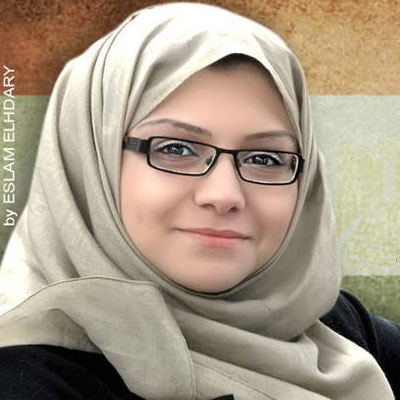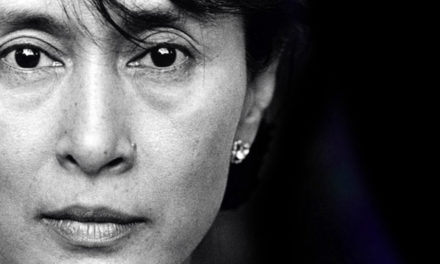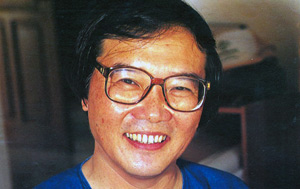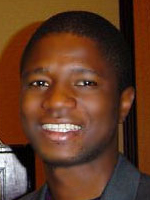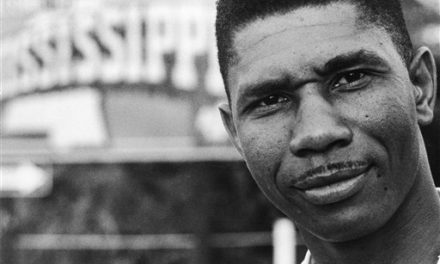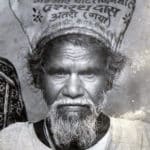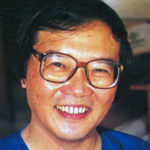In the face of great adversity, the words “Do not be afraid” could not have come from a more unlikely person. Her whole life had been lived under the tyrannical rule of a corrupt government that restricted and eliminated political opposition. Meet Asmaa Mahfouz; a small, young Egyptian woman who broke through the fear barrier that had kept a dictator in power for 30 years.
Born in Egypt on February 1, 1985, Asmaa Mahfouz became an unlikely catalyst for change in a country that had been entrenched in dictatorial rule since before she was born. As a student of Business Administration at Cairo University in 2008, Asmaa became involved in what would become the April 6th Youth Movement. This group of youth began coordinating efforts for a nation-wide support of a textile strike in El-Mahalla El-Kubra. The general strike united under the demands for dignity, security, freedom, fair wages, transportation, medical care and education.
Egypt’s dictator, Hosni Mubarak, had ruled for nearly three decades. During those years, his power as president increased and a long history of police abuse and corruption followed. Individual freedoms were eliminated under the “emergency law” that allowed the police forces to arrest and detain political figures and activists without charges. Decades of corruption led to a growing income inequality between the rich and the poor and a weakening of vital social services.
Leading up April 6th strike, many of the nation’s citizen bloggers, independent journalists and activists were harassed, detained and kidnapped by government forces and plain-clothed police. Despite the crackdown, the efforts of the youth were successful as they were able to organized lawyers and security services to protect the strikers. Asmaa credits this event as the turning point in her life. She says it was during the April 6th experience that she learned much about networking, organizing and conquering the fears associated with protesting.
“As long as you say there is no hope, then there will be no hope, but if you go down and take a stance, then there will be hope.” – Asmaa Mahfouz
Over the next few years, the group of youth leaders such as Ahmed Maher, Mohammed Adel, and Asmaa Mahfouz would continue educating themselves about activism and non-violent resistance. They also used this time to carefully cultivate their social ties and organize minor demonstrations. The youth used blogs and social networking sites like Twitter and Facebook to facilitate discussions, debates, education, and organization.
In January of 2011, Asmaa and her network of friends would be inspired to seek change for their nation. The bordering citizens of the Tunisian Republic, through a series of street demonstrations and civil resistance, ousted their 23 year dictator. Since both nations shared similar problems, many people across Egypt began to hope that somehow they could topple the authoritarian regime. However, in a nation where an estimated 18,000 activists had been imprisoned and where it was illegal to gather in groups larger than five people without government approval, the Egyptians had a major hurdle. Their major hurdle was fear.
Fear of the government, fear of kidnapping, fear of harassment and abuse. These fears had kept the regime in power for three decades. These fears caused Asmaa’s parents to disagree with her efforts to provoke change. These fears also kept many activists out of the public realm. As a result, they often used anonymous names on websites to avoid being identified and captured.
This all changed on January 18th, 2011 when Asmaa Mahfouz decided to face her fears and ask others to join her in protest. She posted a video of herself online speaking to the camera, boldly identifying herself and calling on others to join her at a protest in Tahrir Square on January 25.
“I, a girl, am going down to Tahrir Square, and I will stand alone. And I’ll hold up a banner.” “I wrote that whoever is worried about this country should come with me, and that anyone who is worried about me or thinks that I am mentally ill should come in order to protect me.”- Asmaa Mahfouz
She was not alone in her efforts, but did take make the big step of going public with her identity and plan. Asmaa knew the danger she could have brought upon herself. Only a few days earlier Asmaa and a small group of protesters had been arrested by the police for speaking out against the government.
Shared virally on Facebook, blogs and cell phones, her message boldness and her call to action quickly inspired others across the nation. Asmaa and the others began distributing leaflets, making more videos and encouraging others to turn out on the 25th.
The Youth Movement was only expecting a turnout of a few thousand, but over a million Egyptians showed up. The support continued to inspire others around the nation and millions traveled to Cairo over the next two weeks to join the protest. In an amazing act of democracy, Egyptians joined together across age, religious and class lines and united for a common cause.
The military was inspired by the movement and pledged to not attack or remove the protesters despite their orders. The riot police used every method available to stop the demonstrations but were overwhelmed by the large masses. Overall, the protesters remained committed to non-violence despite abuse from the police, the cutting of internet access and the enactment of strict emergency curfews.
“All Egyptians, not only the protestors, have broken through the fear barrier, therefore I expect only one outcome – protests will continue until Mubarak steps down from power.” – Asmaa Mahfouz
By February 11th, President Mubarak finally resigned and negotiations for a new government began.
His resignation reminded the Egyptians that the power in a democracy belongs to the people. Citizens of over a dozen nearby nations would quickly follow suit and begin demonstrating against their dictators and corrupt governments.
Though not alone in her efforts, Asmaa Mahfouz is featured as a Moral Hero because she boldly and courageously acted on behalf of social justice. She put herself in danger to openly and courageously demand human rights and urge peaceful protest. Her words and actions freed those bound by the chains of fear and encouraged them to work together for the common good.

